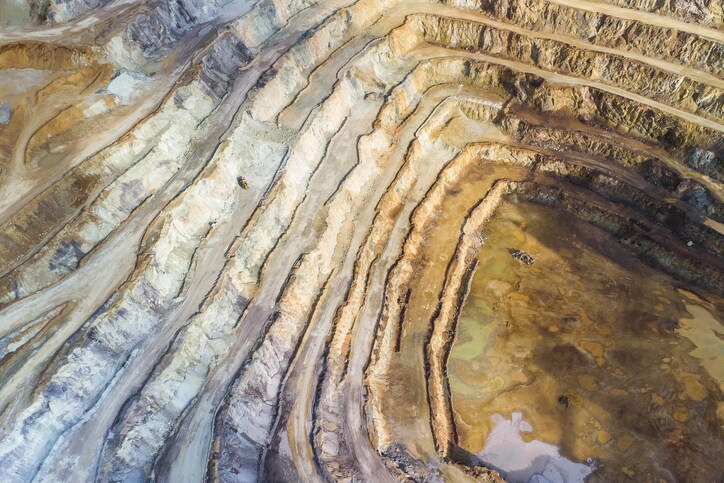 China has tightened control over the global rare earth supply by introducing new export restrictions that could disrupt industries dependent on these materials. The latest measures, announced late last week, target seven elements – including scandium and dysprosium – used in smartphones, electric vehicles, and military tech. The regulations, rather than imposing a blanket prohibition, require exporters to obtain licenses and specify how buyers intend to use the materials.
China has tightened control over the global rare earth supply by introducing new export restrictions that could disrupt industries dependent on these materials. The latest measures, announced late last week, target seven elements – including scandium and dysprosium – used in smartphones, electric vehicles, and military tech. The regulations, rather than imposing a blanket prohibition, require exporters to obtain licenses and specify how buyers intend to use the materials.
This creates bureaucratic friction that has the potential to delay shipments and raise costs. Rare earth minerals play a critical role in modern technology thanks to their unique chemical and physical properties. For instance, Scandium makes it possible for telecom devices to use high-performance RF front-end modules by forming Scandium Aluminum Nitride, which improves signal strength and efficiency. Manufacturers use this material in high-frequency wave filters for 5G smartphones, Wi-Fi systems, and base stations. Although each semiconductor wafer requires only a small amount of scandium, leaving it out would compromise the performance of critical telecom components.
Dysprosium supports a wide range of industries. Manufacturers add it to neodymium-iron-boron magnets in hard disk drives and electric vehicle motors to stabilize magnetic properties at high temperatures. Engineers also use dysprosium for radiation shielding in nuclear reactors and satellites. In Magnetoresistive Random Access Memory (MRAM), its use improves the device’s magnetic layer stability. Other restricted elements – including gadolinium, terbium, yttrium, lutetium, and samarium – also serve critical functions across advanced technologies. They are difficult to replace without compromising performance because they frequently necessitate costly workarounds or cause noticeable performance losses. China’s dominance in rare earth production stems from decades of investment in mining, refining, and processing infrastructure. Over 85% of refined production and nearly 70% of rare earth mining output worldwide are produced in the nation. Although rare earths are not extremely scarce geologically, their extraction and refinement are time-consuming and costly. China’s ability to efficiently produce these materials has allowed it to maintain a near-monopoly on supply chains essential to industries from consumer electronics to defense systems.
The export restrictions seem to be a strategic response to rising trade tensions with the United States. Beijing has presented these measures as necessary for protecting national security, citing tariffs imposed during the Trump administration. On the other hand, they also serve as a geopolitical tool for influencing global technology markets. These new restrictions represent the third round of export controls China has enacted recently, following earlier limitations on key materials like gallium and germanium used in semiconductor manufacturing.
The restrictions could have profound implications for chipmakers like Broadcom, Qualcomm, TSMC, Samsung, Seagate, and Western Digital. Rare earths play a critical role at various stages of semiconductor production, from wafer-level materials to high-performance components. Supply disruptions could send ripples through supply chains strained by ongoing global chip shortages. Analysts warn that prices for restricted materials may double or even quintuple as manufacturers scramble to secure alternative sources.
China’s export controls have far-reaching consequences, impacting commercial markets and national security. Rare earths are vital for advanced defense systems, from fighter jets and guided missiles to surveillance drones. Key military projects could be put on hold or cost a lot more if supply disruptions continue. The U.S. remains highly dependent on Chinese imports for these materials, with only one domestic mine, a vulnerability that policymakers have flagged as a serious strategic risk.
Global efforts to diversify rare earth supply chains are underway despite China’s dominance. Australia and Vietnam, for example, have increased production, while other nations concentrate on the creation of recycling technologies and alternative materials. Japan, for instance, has decreased its reliance on Chinese rare earths from 90 percent to 60 percent by opening domestic mines and forming partnerships with suppliers like Australia’s Lynas Corporation. However, Beijing’s control over these materials remains unrivaled for the most part.




